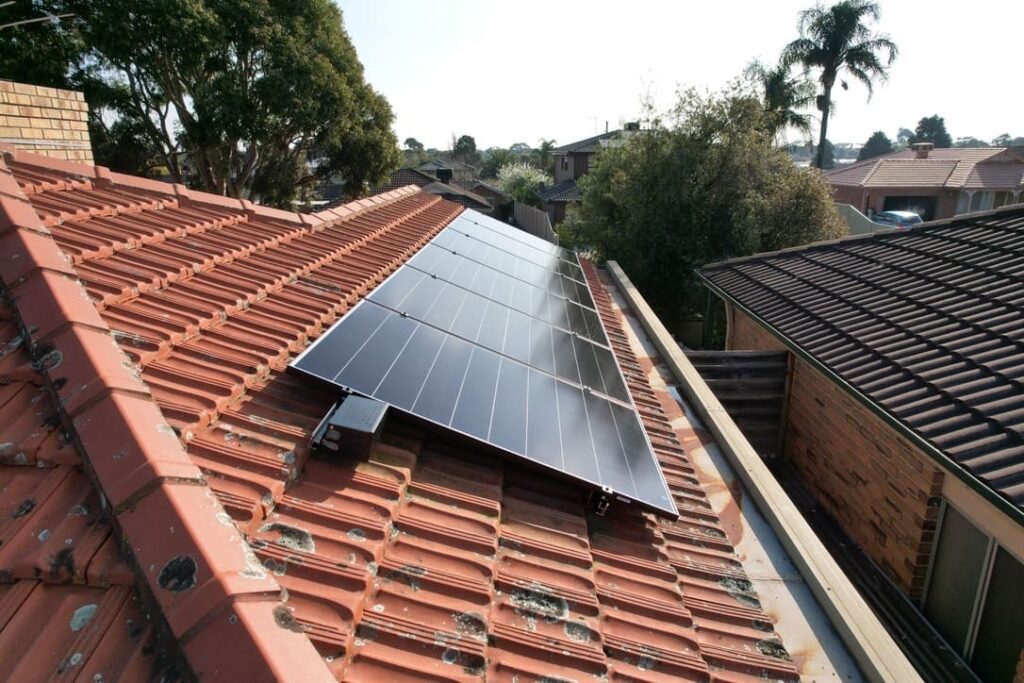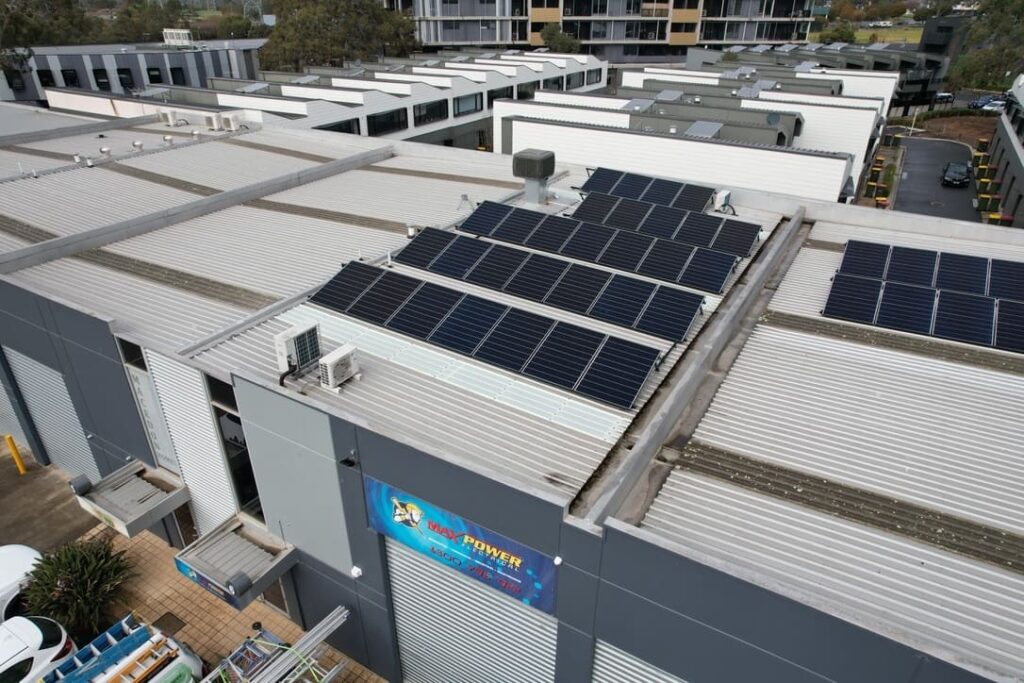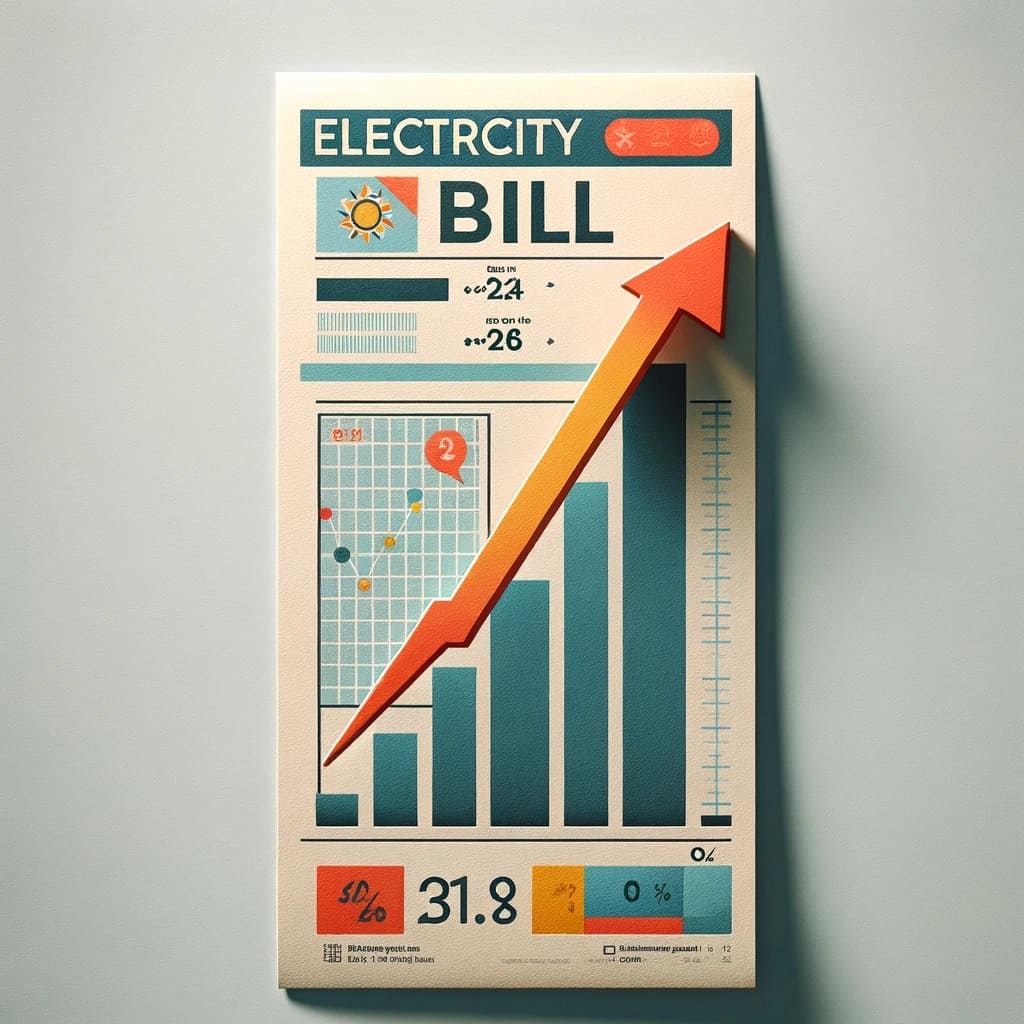Are you one of the 80,000 or so Victorians facing the loss of the Premium feed-in tariff this November? If you don’t do something your bill is going to see a massive jump!!
Victoria is at the forefront of a renewable energy revolution, and solar power plays a starring role. The Vic government has been the 1st state in Australia to legislate all-electric homes. This means all new builds can only run on electricity, not gas. Further adding to the energy revolution is the transition away from the Victorian Premium Feed-in Tariff (PFiT) scheme. Back in November 2009, Victoria rolled out a lucrative deal for solar-savvy households—the premium feed-in tariff (PFiT) scheme. Under this plan, every spare kilowatt hour of solar energy sent zipping back into the state’s power grid earned a nifty 60 cents. It was a savvy move designed to get more homes to go solar. It was pencilled in to keep going for a solid 15 years. Fast forward to the future, and the curtain is set to close on this scheme come November 2024.
The PFiT program is a separate beast from the standard solar feed-in tariff. The rates are tuned every year by Victoria’s Essential Services Commission (ESC). For the households getting a bit of cashback under the solar feed-in tariff, it’s business as usual. The wind-down of the PFiT won’t throw a spanner in the works for you.
Don’t Miss the Solar Upgrade Window

It’s a common scene: homeowners with solar systems from a decade ago, often just 2 or 3 kW, are holding off on upgrades, wary of losing the generous feed-in tariffs they’ve enjoyed. But with these tariffs set to disappear in November 2024, it’s time for a wake-up call. Those smaller systems that felt adequate in the past won’t cut it when the current feed-in tariffs fade out. You’re left with minimal credits for the energy you feed back into the grid.
Embracing a more efficient system is no longer a choice—it’s a necessity to ensure your solar investment continues to pay off. The Vic government has made the solar rebate available to people replacing solar systems that are over 10 years old. So what are you waiting for? Get ready now before the bills skyrocket in November!
Solar Upgrade Rebates

As of October 2023, Solar Victoria has made the solar rebate available for upgrading systems over 10 years old. Meaning they’ve widened the net of their solar panel (PV) rebates. It now includes homes with solar systems that have been soaking up the sun for over a decade.
This change is a golden opportunity for those with older systems. The chance to reduce the cost of either replacing your existing setup or adding more panels to your array is now within reach. It’s worth noting, particularly for those under the PFiT umbrella, expanding your system could alter your eligibility. As the scheme sunsets in November 2024. This pivot point presents a crucial moment to reassess and plan for an upgrade.
The call to action doesn’t stop at merely considering an upgrade. It’s about diving deep into what the latest solar technologies offer. Since 2009, the pace of innovation in solar tech has been relentless. Offering systems that are not only more efficient but also come with the promise of meeting tomorrow’s energy needs. The new wave of solar systems brings with them the perks of cutting-edge technology. Bespoke energy solutions tailored to your current demands, the reassurance of extended warranties, and the foresight to accommodate future expansions, including battery storage or integration with electric vehicles and modern appliances.
Embracing Future-Proof Energy Solutions
For those currently benefiting from the PFiT, you’re already ahead in the energy game. Transitioning to an all-electric home, augmented by solar power, could slash your energy bills significantly — think savings of up to $2,200 annually. Upgrading doesn’t just enhance your energy efficiency; it places the reins of energy consumption firmly in your hands. We specialise in all-electric homes so if you want to know more simply contact us, no hard sell just the facts.
Moreover, Victoria’s broader support for solar doesn’t end with panel upgrades. Eligible households can tap into additional perks like hot water rebates and solar battery loans. Solar Victoria’s interest-free battery loans offer up to $8,800. This program allows you to install premium solar batteries with minimal upfront costs, spreading repayments over four years. Breaking the figures down over those 4 years sees monthly repayments of $183.34. And remember solar saves you on average $1073 and then add battery savings of $640 per year – that’s $1713 in savings – $142.75 per month. So out-of-pocket costs around $40 per month for 4 years, then it’s all in your pocket!
At Max Power, we are leaders in everything solar and are a solar-approved retailer meaning we can apply for rebates for you. Plus we stock both Enphase and Tesla batteries, ensuring the very best solar technology for our customers. The landscape of solar energy is evolving, and with it, the opportunities to optimise your home’s energy setup for the future. Whether it’s seizing rebates, embracing the latest in solar technology, or leveraging additional incentives, the time to act is now. We can help you figure out how much you will save with an upgraded solar system without the premium tariff that ends this November, simply upload your latest electricity bill.
Bill Shock for Premium Feed-in Tariffs

For those who’ve been part of the solar scene since between late 2009 and 2011, you’ve been riding the high wave of the PFiT scheme, enjoying a generous 60 cents per kilowatt-hour for your surplus solar juice. However, all good things must evolve, and as we approach November 1, 2024, this scheme will transition into a new phase.
The program provided households, small businesses, and community organisations with small-scale solar systems up to five kilowatts a minimum credit of 60 cents for every kilowatt hour of surplus electricity returned to the grid. Over 88,000 Victorian homes, small enterprises, and community organisations currently enjoy the advantages of the PFIT.
Are you part of the PFiT crowd? It’s as simple as ringing up your electricity retailer. They’ll fill you in on whether you’re part of the premium crew whose tariff is set to change. And if you’re hunting for your retailer’s digits, the federal government’s Energy Made Easy website is your go-to directory.
What is the 2024 -2025 Minimum Feed-in Tariff
Every year, the Essential Services Commission (ESC) crafts the minimum feed-in tariff. This ensures solar panel owners are compensated for their contributions to the grid. While the rates for selling back that extra sunny goodness have seen a dip, they still offer a way to earn credit on your electricity bills.
What’s a Feed-in Tariff Anyway?
Simply put, a feed-in tariff (FiT) is like a pat on the back for sharing unused electricity with the grid. It’s a set amount paid for every unit of electricity (in kilowatt-hours) you contribute back, reflected as credit on your electricity bills.
Victoria’s Feed-in Tariff
In Victoria, any electricity company with more than 5,000 customers must offer at least a base rate for solar energy fed back to the grid. The choice is yours between a flat rate or a time-varying rate. With the flat rate being a consistent payment throughout the day and the latter changing with the time of day.
The flat rate offers simplicity and uniformity, paying the same rate no matter when your excess power hits the grid. The ESC has set the minimum flat rate at 4.9 cents per kilowatt-hour for 2023–24, with a proposed dip to 3.3 cents for 2024–25.
Time-varying rates are like a solar dance, changing tempo as the day progresses. They offer higher credits during peak times and lower during off-peak times. The proposed rates for 2024–25 sway between 2.8 and 8.1 cents per kilowatt-hour, depending on the time of day.
Why the Minimum Tariff Might Shrink
The ebb and flow of wholesale electricity prices, especially during daylight when solar energy floods the grid. This influences the minimum tariff. As more solar panels dot our rooftops, demand during the day dips. Leading to lower prices when your solar exports are at their zenith.
The ESC takes a peek at the wholesale electricity market each February to set the minimum feed-in tariffs for the following financial year. They base their calculations on several factors, including anticipated market conditions and environmental benefits, with a value set at 2.5 cents per kilowatt-hour for reduced greenhouse gas emissions.
Getting the Most Savings From Your Solar
To put it simply, you are going to see a huge increase in your bill if you get cut off in November from PFiT and have not upgraded your old solar system. Embracing solar power with Max Power means tapping into top-tier solar and renewable energy solutions tailored to your needs. From cost-effective solar packages to electric vehicle chargers, Max Power is dedicated to making sustainable energy a cinch for everyone, contributing to a cleaner, greener tomorrow.
Join the solar movement in Victoria and enjoy the luxury of feed-in tariffs, ensuring your switch to solar remains rewarding and eco-friendly. With the solar industry ever-evolving, staying informed. Being proactive about your solar energy setup will shine a long-term light on savings and sustainability.